Check Out These Historical Haunted Houses and Buildings—Trailside
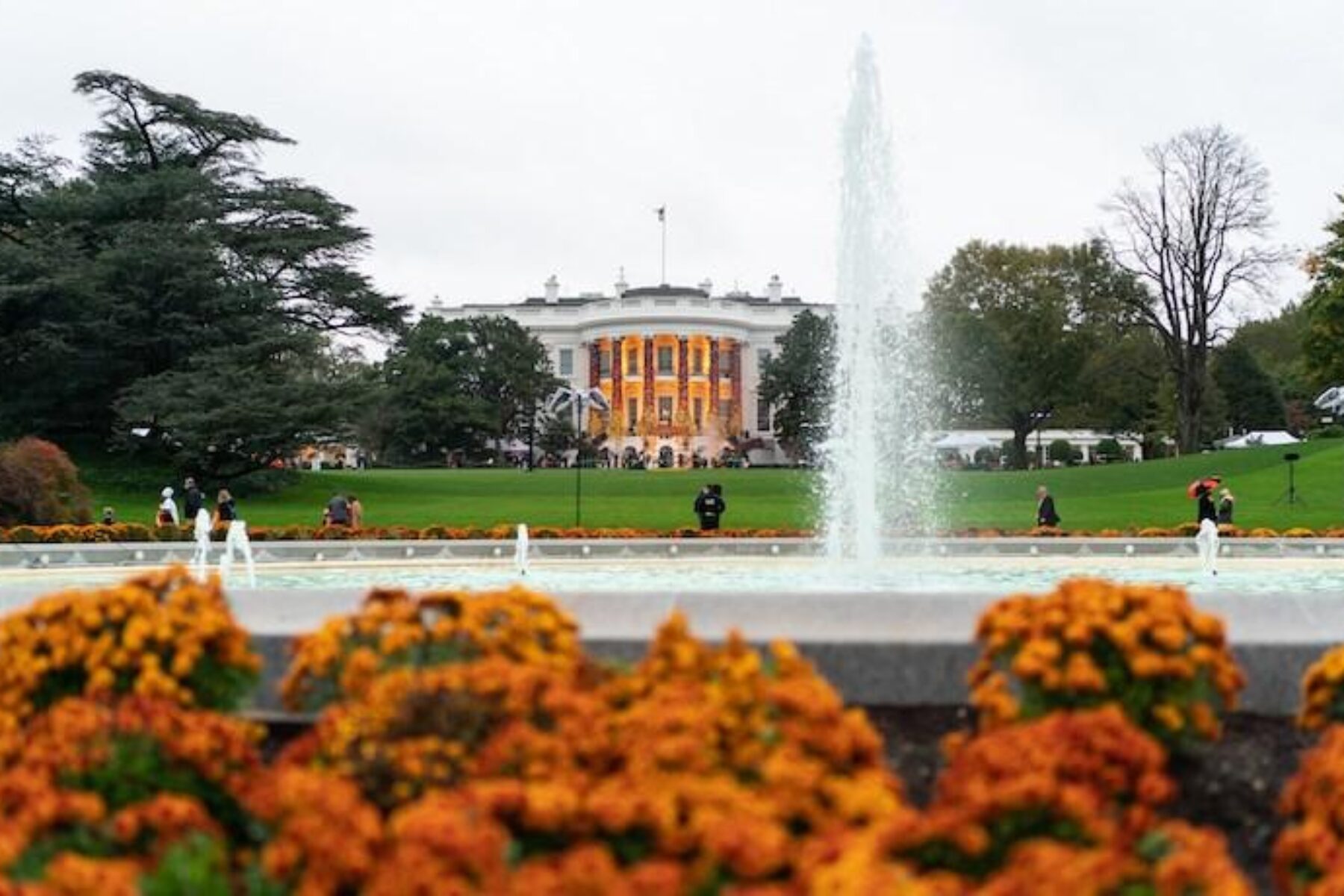
“Ghost stories are an entertaining and spooky way to celebrate Halloween, but they also illuminate stories rooted in actual history. In the United States, haunted houses are prevalent, so it makes sense that America’s most famous residence and its surrounding neighborhood would lead the way with numerous spirited tales of the supernatural.”
—Colleen Shogan, WHHA Senior VP and Director of the David M. Rubenstein Center
With some 40,000+ miles of trails in the United States—many encompassing routes stemming back in time for hundreds (and sometimes thousands) of years—no one need trek too far before coming across a tale of the supernatural.
In honor of Halloween, we’ve explored a few of the great houses and structures along rail-trails that are rich in both history and paranormal mystery.
Special shout-out to the The White House Historical Association and The Poe Museum for assisting with this article.
The Poe Museum – Virginia Capital Trail (Richmond, Virginia)
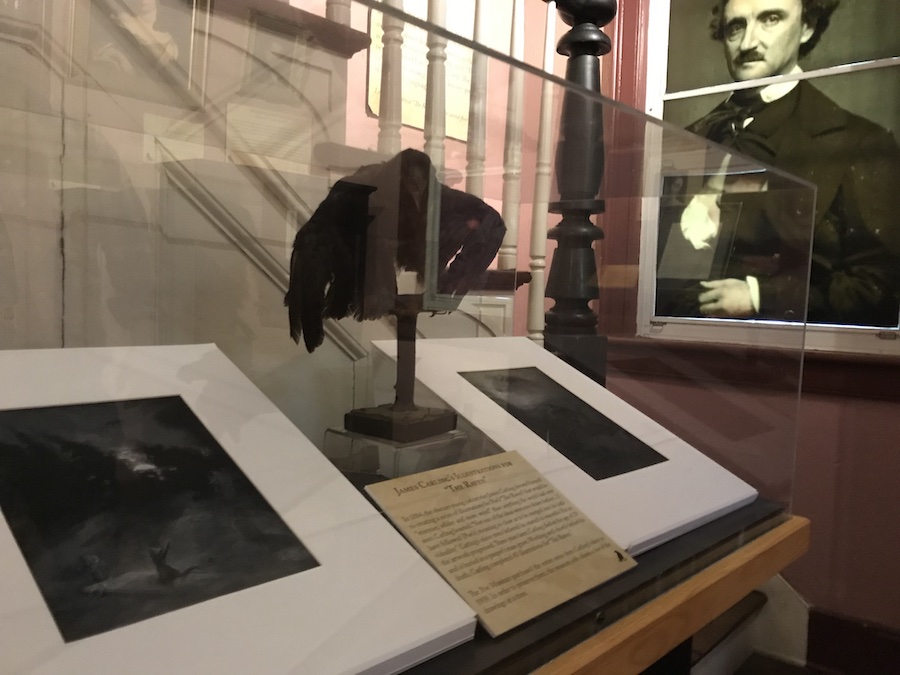
In Richmond, at the northernmost point of the 52-mile Virginia Capital Trail, is Shockoe Bottom, one of the oldest and—some say—most haunted neighborhoods in the city. There on Main Street, the 100-year-old Poe Museum pays homage to arguably America’s greatest gothic writer: Edgar Allan Poe.
Poe is known the world over for his macabre poems and short stories—with “The Raven,” published in 1845, widely regarded as his masterpiece. It’s fitting, then, that people believe the same place that helps preserve the legacy of the American master of horror may have its own share of the supernatural.
According to Lucy Northup, spokesperson for The Poe Museum, people have reported multiple sightings and experiences—from strange footsteps and noises heard in the “Old Stone House,” the oldest structure in the museum, to a malevolent presence felt on an original staircase from one of Poe’s childhood homes. It is said that the presence could be Poe’s foster father, who did not like Poe and thought his writing would lead to his ruin.
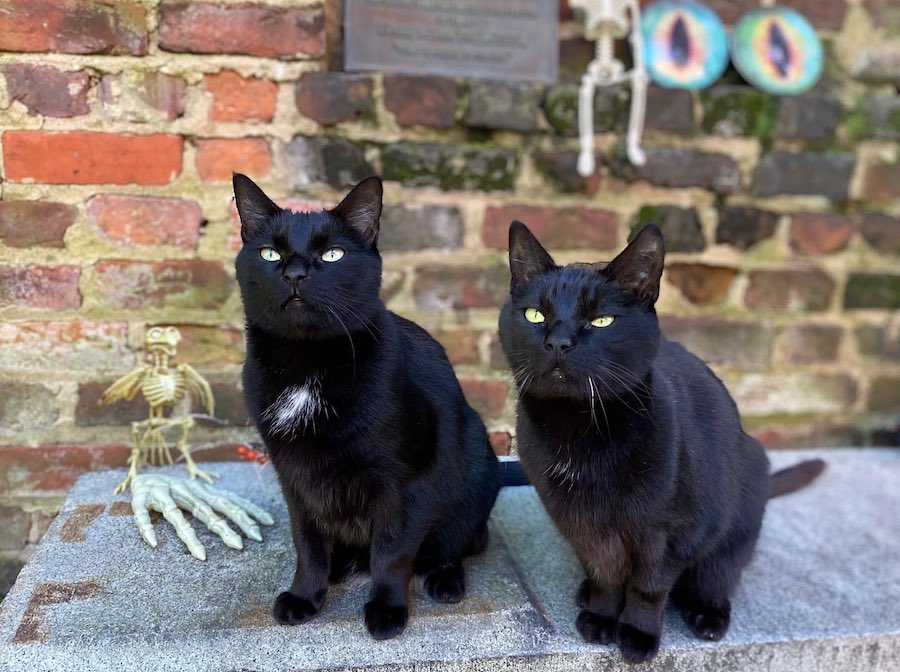
In other stories, the museum’s resident feline ambassadors—Edgar and Pluto—are thought to be very active with the alleged spirits and entities on the property, including a little boy who plays with the furry duo in the Enchanted Garden.
Check out “Richmond’s (Haunted?) Poe Museum and the Legacy of a Gothic Literary Master,” on the TrailBlog to learn more about the paranormal sightings and experiences reported within this iconic cultural sight, which celebrated its 100-year anniversary this year, and is holding a special event in January 2023 to commemorate the milestone.
The Poe Museum (1914 E. Main St., Richmond) is accessible from the northwest endpoint of the Virginia Capital Trail. To reach the museum, exit the trail at either S. 18th St. or S. 21st St., and head east to cut onto E. Main St. (from 18th St., turn right and go two blocks; from S. 21st St., turn left and go one block). The museum is open for visitors from 10 a.m. to 5 p.m., Tuesday through Saturday, and from 11 a.m. to 5 p.m. on Sundays, except for major holidays.
Related: Trailside: Richmond’s (Haunted?) Poe Museum and the Legacy of a Gothic Literary Master
White House and Lafayette Square – National Mall Trails (Washington, D.C.)
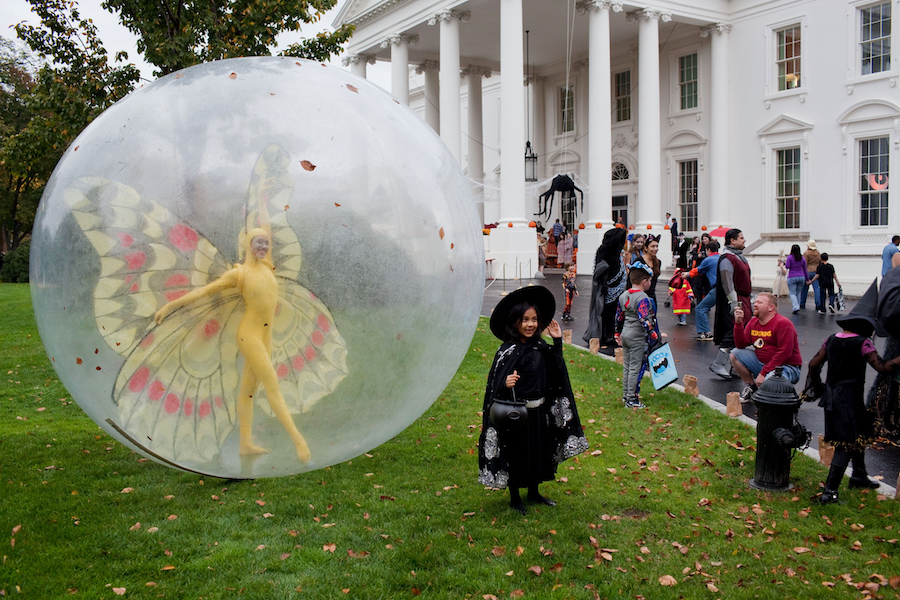
“As a home with a history dating back to 1800, the White House has its fair share of supernatural stories,” wrote The White House Historical Association (WHHA) about what is arguably the most famous residence in America. And indeed, this site—along the National Mall Trails and eastern side of the 3,700-mile Great American Rail-Trail® in Washington, D.C.—seeps with goosebump-worthy anecdotes.
Mary Todd Lincoln was known to participate in séances, and Major Archibald Butt, military aid to President Taft, wrote of a ghost about 14 or 15 years old that was said to lean over the shoulders of domestic staff. (President Taft ordered Butt to tell the staff that the first person to repeat the stories would be fired.)
And the list of claims of ghostly sightings goes on, from Abraham Lincoln’s apparition being seen by Queen Wilhelmina of Netherlands, to that of a Demon Cat (called “D.C.” for short) that has allegedly been seen in the White House and in other buildings around town, including the Capitol.
Directly north of the White House, Lafayette Square has quite a haunted reputation—as covered in this great article by Colleen Shogan, senior VP and director of the David M. Rubenstein Center for the WHHA. Of the various ghostly tales discussed by Shogan, the most well-known—and ghoulish—involves the murder of Philip Barton Key, son of Francis Scott Key, by New York Congressman Daniel Sickles. Sickles was acquitted of the crime, and some believe the restless spirit of Key now roams the area looking for Sickles.
“Ghost stories are an entertaining and spooky way to celebrate Halloween, but they also illuminate stories rooted in actual history,” said Shogan. “In the United States, haunted houses are prevalent, so it makes sense that America’s most famous residence and its surrounding neighborhood would lead the way with numerous spirited tales of the supernatural.”
Learn all about these and many more stories on the WHHA website.
Note: Washington, DC Ghost Tours offers year-round opportunities to explore these paranormal places and learn more about their rich history.
Coral Castle – South Dade Trail (Homestead, Florida)
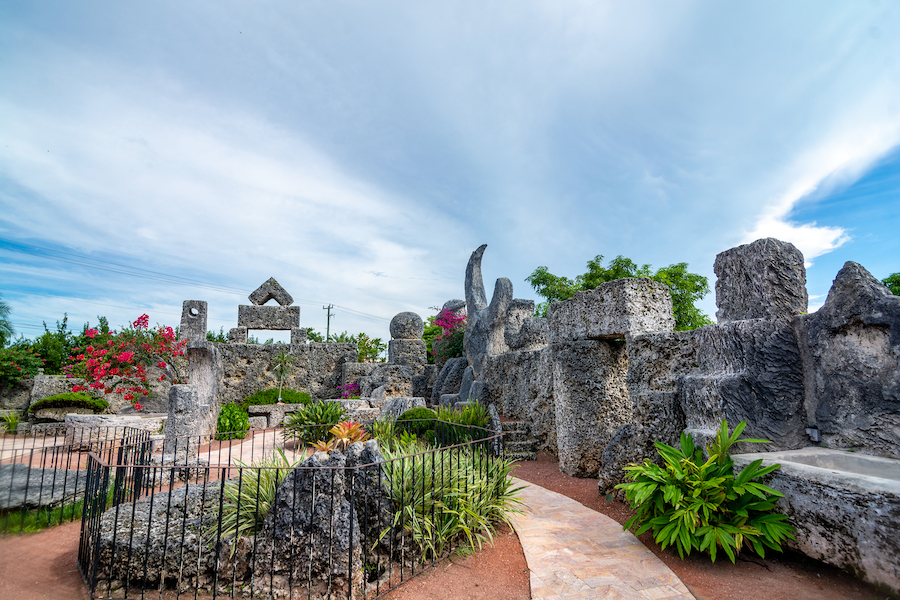
On the Dixie Highway in Florida, right off the South Dade Trail, is the Coral Castle, a mystery that was 28 years in the making—although nobody was ever permitted to see how it was made. While the castle comprises some 1,100 tons of rock (technically oolite limestone), it’s well documented that the creator, Ed Leedskalnin, built the structure entirely on his own, at night, and using basic tools including wooden tripods, pulleys, winches and ropes.
Leedskalnin—who immigrated from Latvia after being jilted by his fiancé—started the castle in 1923 and worked on it up until his death in 1951. The mystifying masterpiece is now listed in the National Register of Historic Places and is the topic of much media coverage, including a recent episode of “The UnXplained” with host William Shatner.
According to a 2019 Florida Insider article, when asked how he moved the stones to create the castle, Leedskalnin replied, “I understand the laws of weight and leverage and I know the secrets of the people who built the pyramids.”
Fun Fact: Billy Idol’s song “Sweet Sixteen” was written in honor of Ed and the Coral Castle, which is featured in the video.
Trail users can visit the Castle via the southern section of the 21-mile South Dade Trail—which comprises a portion of the in-progress 225-mile Miami LOOP—at S. Dixie Highway and SW 157th Ave. in Homestead. Check the Coral Castle website for visitor information.
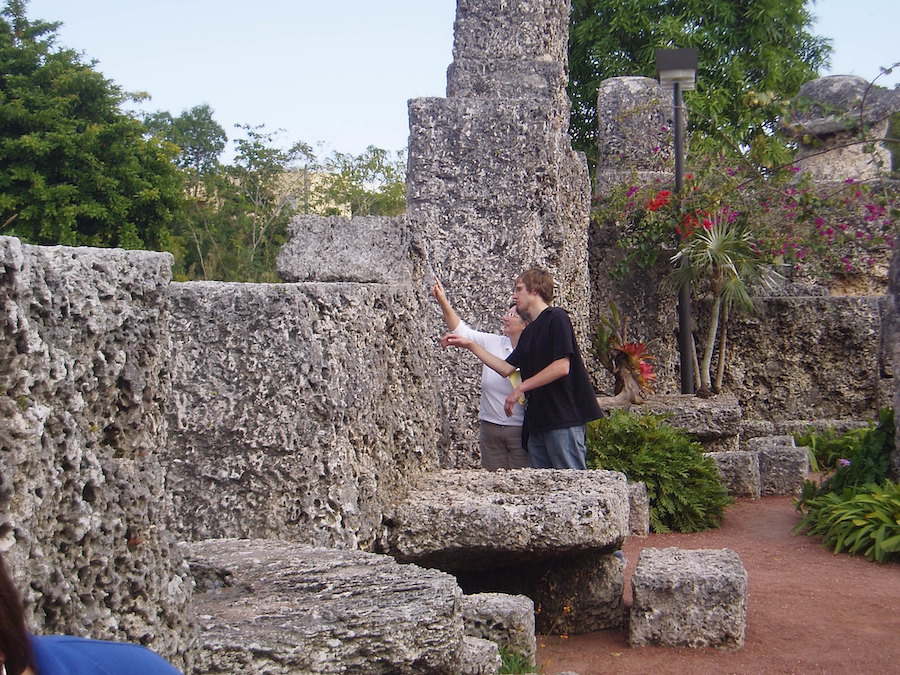
Don’t Miss: Atlanta’s Doll’s Head Trail Is an Eerily Cool Trailside Attraction—With a Great Cause
Looking for More Content to Spook Your Senses?
Read about more trailside haunts and supernatural sightings along rail-trails in our blogs “Eight Creepy Cool Trailside Attractions,” “10 Haunted Tales from America’s Trails” and “13 Reasons Bicycles Are Perfect for the Zombie Apocalypse” on the TrailBlog!

Donate
Everyone deserves access to safe ways to walk, bike, and be active outdoors.



